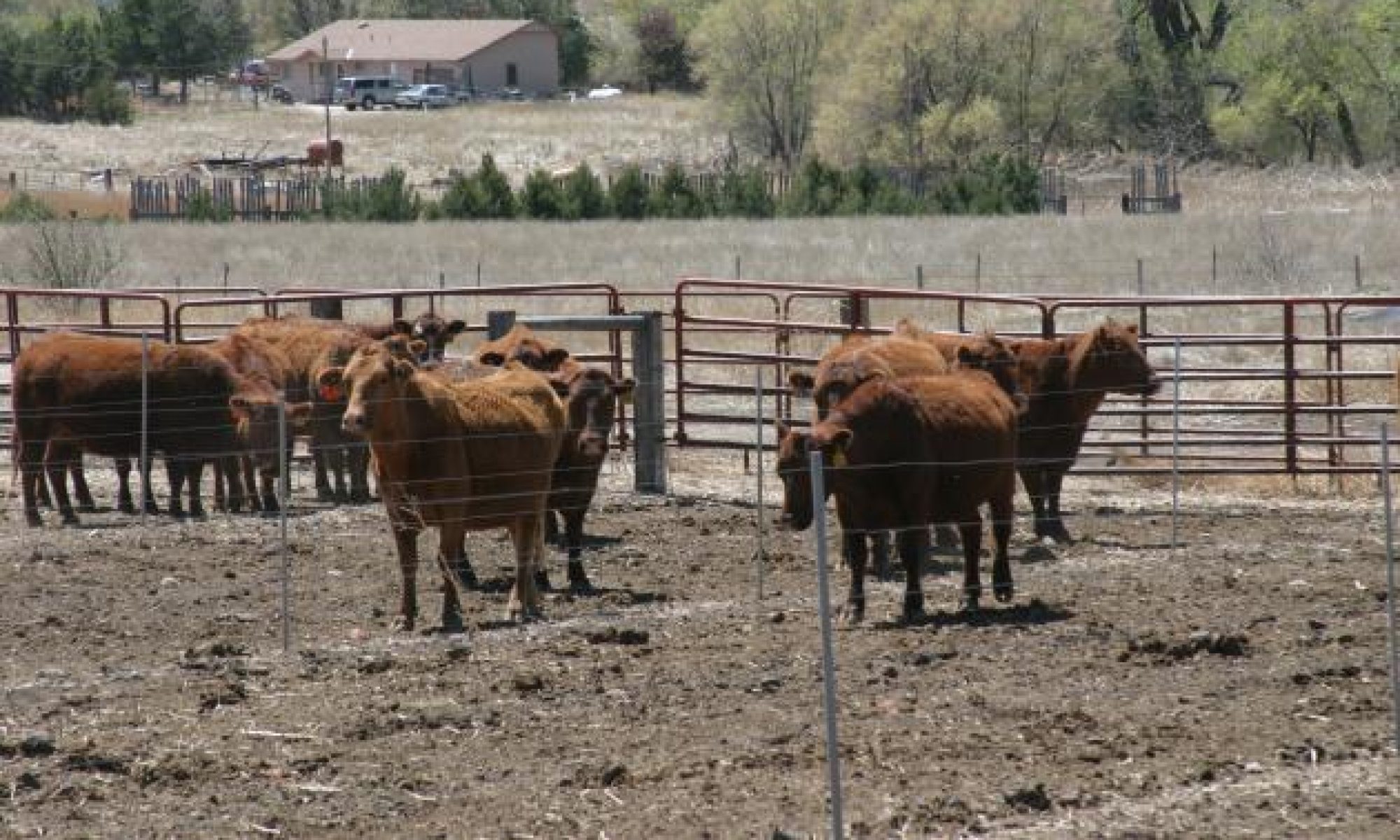Are all forages alike? Of course not, but how different are they?
This is hard to tell just by smelling, touching, and looking at the forage. Its hard to see the variation of the forage quality because it is based on factors like drought or rain damage, mold or overheating, or other weather conditions. And many times, livestock producers harvest other forages that you normally don’t feed like drought damaged corn silage, extra pasture as hay, hail damaged soybeans, or weedy alfalfa. 
Here is the million dollar question, how do you feed all of these different forages and minimize the amount of supplements you have to purchase, but still maintain top production. You do this by forage testing the different forages you have available to feed. This is the only way to tell what the feed value is of the forage you are going to feed. In order to take a forage test, you need to collect a sample of every type of forage your are going to feed. After collecting, you will need to check those forages for protein content and energy (TDN). After collecting this data, you will be able to feed your lower quality forage first to cattle who have a low nutrient demand, like dry mature cows. Then you can feed your forage that has a higher quality to cattle needing more nutrients like first calf heifers and lactating cows. After you figure out which forage to feed, you will also need to calculate how much supplement will be needed with each forage option.
Forage testing allows you to find our forage quality, so you aren’t wasting high quality forage on cattle who have low nutrient demands.
